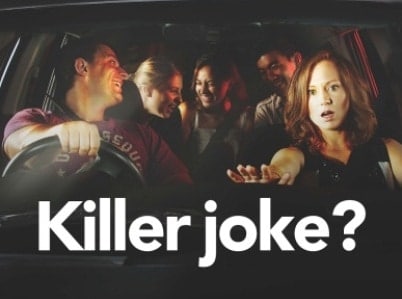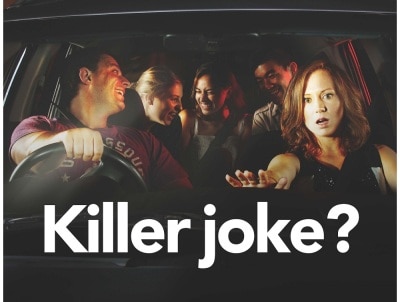

The province of Ontario raised its fine for using a “handheld wireless communications device” while driving from $155 to $280 on Tuesday. That amount holds for people who don’t contest the fine. But if you take the case to a hearing and are found guilty, the fine can go as high as $500.
The fine adjustment arrives in the immediate wake of a new poll by insurance company Kanetix.ca and polling firm Leger Marketing, which finds that 84% of Canadians favour criminal charges for texting while driving. The poll surveyed 1,502 people between February 28 and March 3.
The result changes, however, depending on the question asked. Only 73% of respondents, for example, think that use of a phone while driving should be an offense, compared with 66% for applying makeup while driving, and 58% for general “distracted driving”, which plummets to 33% for eating while driving and 14% for adjusting the radio tuner or volume. So Canadians’ priorities are clear.
“There are many habits that most drivers are guilty of that could have severe consequences,” said Sean Graham, principal broker at KANETIX.ca in a press release. “For example, texting at a red light can result in a ticket fine of $280, plus an insurance premium increase, which is typically an average increase of $75 per year in Ontario. And this conviction stays on a person’s record for three years. Not to mention the possibility of an accident because you are no longer paying attention to the road.”
It’s already the case that criminal charges can be brought against a driver who “endangers” other people. And demerit points can be meted out to those found guilty of “careless” or “dangerous” driving for whatever reason. In Ontario, demerit points are not handed out. But they are in some provinces.
A Toronto police press release read, “Distracted driving is any action that a driver engages in that takes their focus away from the safe operation of a motor vehicle. Distracted drivers are a safety risk to themselves and other road-users.”
The OPP reports 78 deaths resulting from distracted driving in 2013, compared with 57 deaths the result of impaired driving and 44 resulting from excessive speed.
If you want to break down the degree of difficulty involved in the stages of using a cell phone while driving, reaching for a device increases risk of a crash by a factor of 1.4, while talking or listening multiplies the risk by 1.3 and dialing involves a factor of 2.8 times the usual risk of crashing.
Naturally, 55% of young adult drivers believe it’s “easy” to talk or text while driving, which may be down to the fact that 48% of them say they’ve seen their parents using their phone while driving.
Leave a Reply
You must be logged in to post a comment.



 Share
Share Tweet
Tweet Share
Share




Comment